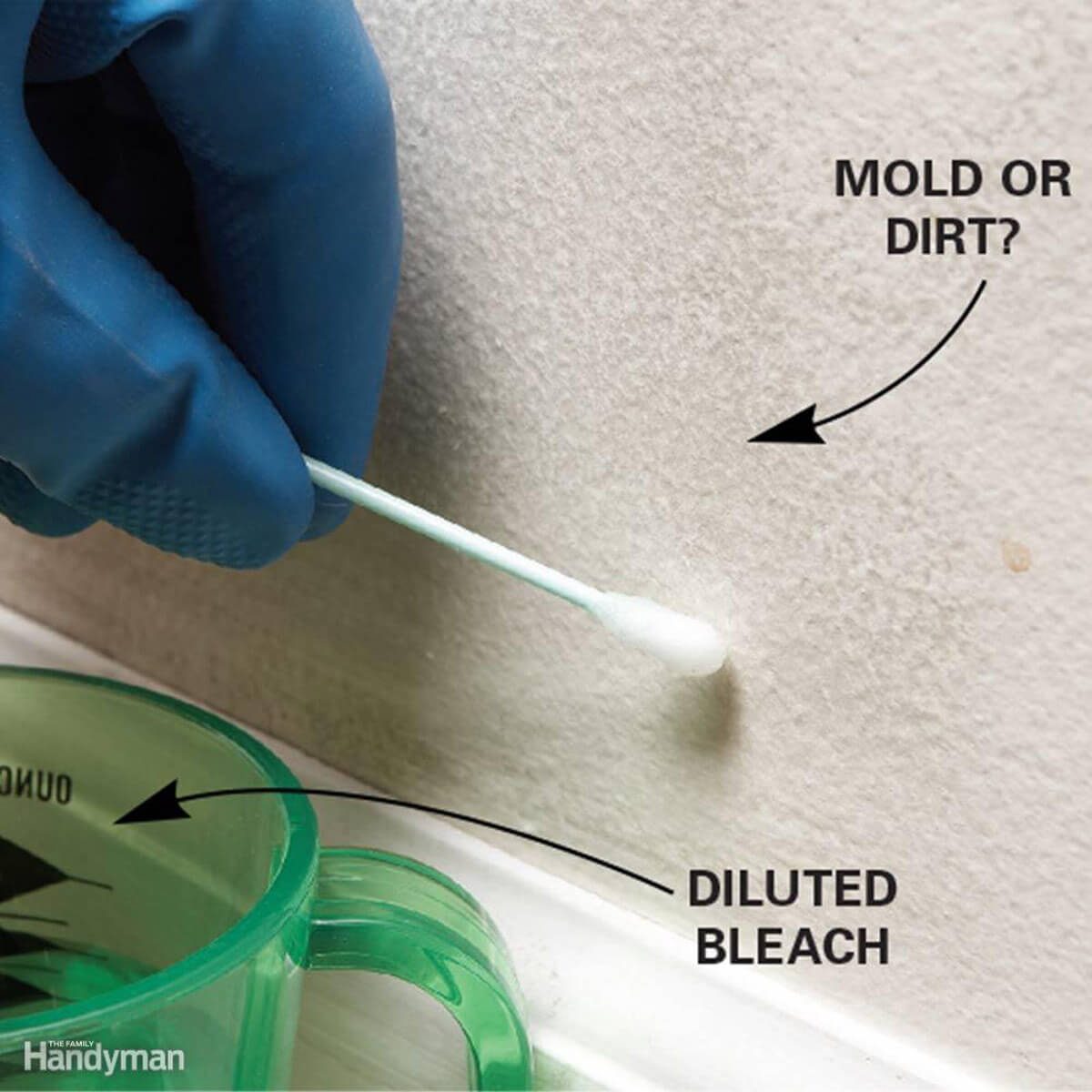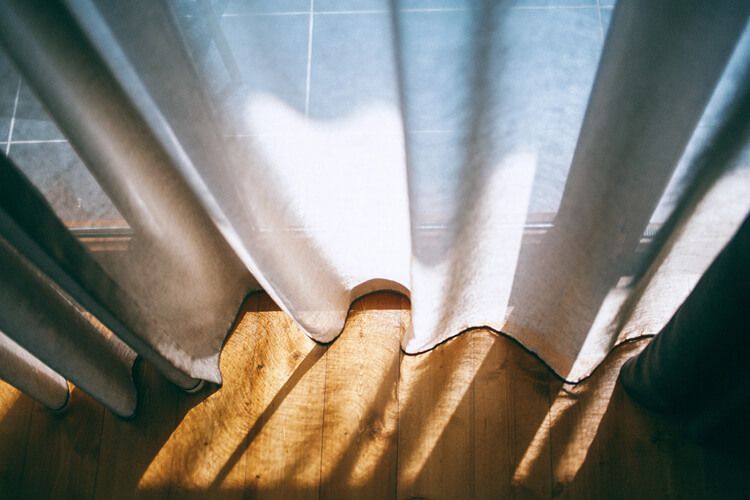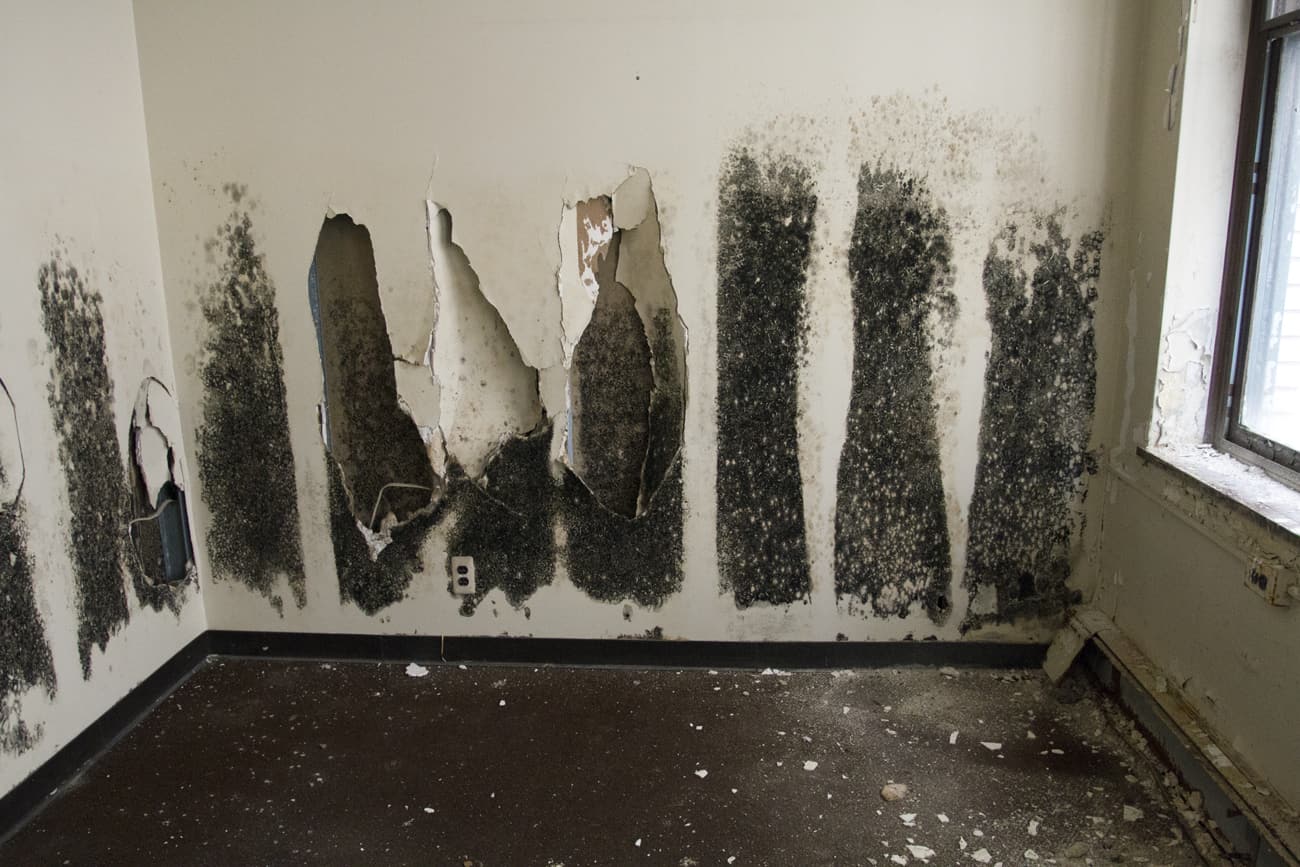Table Of Content

If you have any questions or concerns about your mold test results, don’t hesitate to contact your mold inspector for clarification. They can provide additional information and guidance on addressing mold issues in your home. Air sampling is typically the least expensive type of test, with costs ranging from $150 to $300 per sample. Surface sampling can cost between $50 to $150 per sample, while bulk sampling can cost between $50 to $250 per sample. Culture and DNA testing are the most expensive, ranging from $100 to $500 per sample.
Detecting Mold In A House: How To Get Rid?
Students test for mold in hurricane-damaged homes - University of Miami: News@theU
Students test for mold in hurricane-damaged homes.
Posted: Mon, 20 Feb 2023 08:00:00 GMT [source]
This test involves microscopy done on machine-collected samples without culturing, and can be used to detect specific indicator mould types. High counts for these mould types may help direct qualified professionals to hidden problems within wall and ceiling cavitiesFootnote 2,Footnote 11. At the unwelcome discovery of mold, a flood of concerns may arise, and for good reason. Continuous mold exposure can have serious health repercussions, especially if the growth is concentrated in bedrooms or living areas where residents spend much of their time. If possible, it’s a good idea to open a window to allow fresh air circulation and enhance the room’s air quality. However, it’s highly recommended to call a professional inspector who specializes in testing for mold in a house for an accurate assessment on the severity of the mold problem.
What are the symptoms of mold exposure?
Once you have your testing kit, follow the instructions carefully to prepare the petri dish. This usually involves placing the dish on a flat surface and sealing it with a lid. Different types of mold can pose different health risks and may require separate remediation methods.
Testing the Mold
Here are three of the most popular mold test kits, what they include, and how to use them. It’s no secret that damp areas of the home provide the perfect conditions for mold and mildew to grow. Whether your nose knows, or your eyes spy dark spots in strategic locations, you want to make sure. Once the waiting time has passed, the homeowner will want to place the lid back on the petri dish and put a layer of tape around the seam where the lid meets the dish.
Testing for mold in your home
If N95 respirators are unavailable, consider using one with greater protection such as a P100 or N100 respirator. Other masks are designed to provide limited protection against dust and are not suitable for protecting against mould exposure. Make sure masks are properly fitted and you can breathe through them. Once you’re done cleaning, make sure you dry the area out completely. You’re also going to want to make sure the mold doesn’t come back, so make sure you’ve identified and taken care of the source of the moisture that allowed it to grow in the first place.
A professional mold test can identify whether or not mold is present in your home and the type of mold causing the problem. In most cases, if visible mold growth is present, sampling is unnecessary. Since no EPA or other federal limits have been set for mold or mold spores, sampling cannot be used to check a building's compliance with federal mold standards. Surface sampling may be useful to determine if an area has been adequately cleaned or remediated. Sampling for mold should be conducted by professionals who have specific experience in designing mold sampling protocols, sampling methods, and interpreting results.

They send these samples to a third-party laboratory to find out the concentration and kinds of mold in those particular areas. Additional fees may also apply for each sample submitted, or for shipping. If you do decide you want to purchase a mold test kit, the My Mold Detective MMD103 Mold Test Kit is designed for air testing, while the DIY Mold Test Kit from Seeml Labs is made for surface testing. When collecting any samples, it's essential to take necessary safety precautions, such as wearing a mask, gloves, and protective eyewear. Again, a professional can better handle the mold in your home from identification to removal.
To do this, simply ensure all the water sources in your house are off, such as toilet water stops, faucets, and the water heater isn’t still filling from recent use. Then go out to your water meter, pull the cover, and look at your dial. There will be a large dial that keeps track of large quantity uses and a smaller dial off to one side. If it isn’t turning, you don’t have a leak; if it is, then you do, and a possible mold source. If after hours mold begins to grow in your dish, you may choose to send it to a lab for analysis.

Review Instructions on the Testing Kit
Most people regularly breathe in mold spores without experiencing any health complications. However, people with certain health conditions may be at risk of a lung infection or other infections from inhaling certain types of mold. If you believe you’re having symptoms of mold exposure, let a doctor know. It can be hard to tell if mold, another condition, or a type of allergy is causing your symptoms. Your doctor may offer you skin or blood tests to determine whether you truly have a mold allergy. A home’s heating, ventilation, and air conditioning (HVAC) system plays a pivotal role in ensuring the comfort and air quality of the living space.
In addition to checking for mold in the home’s HVAC system, it might be wise to consider purchasing an air purifier to help address mold issues. Air purifiers equipped with high-efficiency particulate air (HEPA) filters can capture mold spores from the air, preventing them from circulating and settling onto surfaces. Although purchasing an air purifier for mold can reduce airborne mold spores in a house, it won’t address mold growing on surfaces. The root cause of mold is best tackled directly, which could mean improving ventilation, fixing leaks, or using dehumidifiers. Areas in homes that are commonly vulnerable to moisture issues include basements, bathrooms, kitchens, crawl spaces, attics, and the areas around windows or door frames.
More rarely, mold can cause more serious health issues in some people with certain risk factors. All types of mold can potentially cause health issues and need to be removed. You do not need to know the type of mold growing in your home, and CDC does not recommend or perform routine sampling for molds. Since the effect of mold on people can vary greatly, either because of the amount or type of mold, you cannot rely on sampling and culturing to know your health risk. For those with pre-existing respiratory conditions, the situation can be more serious. It’s worth noting that mold mites, which are common where mold growth is present, can cause similar reactions in those who are allergic to them.
According to the EPA, touching or inhaling mold spores can trigger allergic reactions among sensitive individuals. People with asthma may be especially sensitive to mold and should avoid all contact or exposure. If you have a weakened immune system or asthma, it is likely best to hire a professional to test for mold rather than do a DIY test. The Environmental Protection Agency (EPA) notes that mold testing is unnecessary if mold is visible. In that case, you should remediate the mold as quickly as possible—either by yourself or with professional help.
A mold rash and other symptoms of a mold allergy are similar to many other health issues. Knowing whether your skin rash is caused by mold requires a medical diagnosis. Finding the source of your symptoms can ensure you get the right treatment to manage your problem as soon as possible. In most cases, medium areas of mould can also be cleaned up safely and effectively by following the proper procedures and using the right protective equipment. Materials damaged by mould must be physically removed and disposed of under safe conditions.
The key to mold growth is moisture so part of assessing mold problems is looking for existing or potential moisture problems. Companies that provide water damage inspection services may help look for moisture and some may be familiar with mold problems as well. Some states and organizations may require certification, trainings, or examinations for practitioners in the indoor air quality industry. Sometimes companies that provide radon, lead or asbestos inspection services provide mold assessment services as another part of their business. Ask about qualifications, training and experience and check references for professionals you are considering.

No comments:
Post a Comment